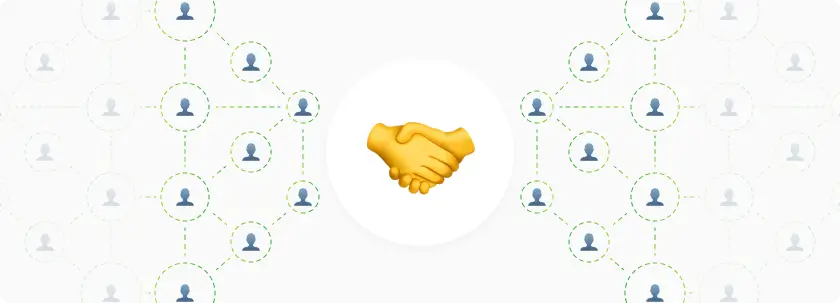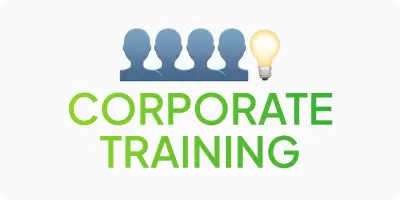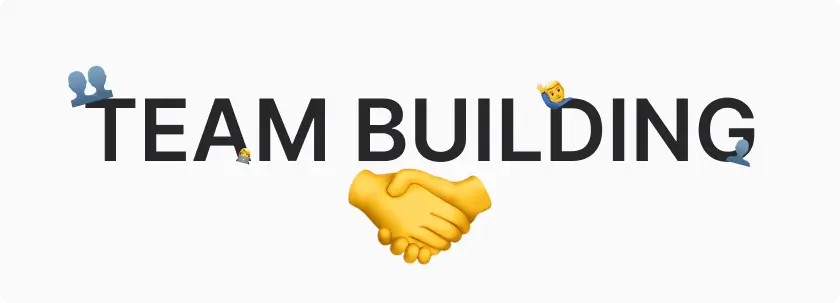
Networking is the process of establishing and developing professional and personal contacts that can be useful for mutual information exchange, support, and achievement of common goals. Let’s look at the main goals of networking.
The main goals of networking
Search for new opportunities
- Career development: Networking can help you find new jobs, get recommendations, or learn about professional development opportunities.
- Access to resources: Networking can help you find the resources you need, including funding, equipment, or expert advice.
Sharing knowledge and experience
- Learning new skills: Networking with other professionals allows you to learn about new trends, technologies, and methods of work.
- Problem solving: Discussing challenges and difficulties with colleagues can help you find solutions and gain support for important projects.
Support and trust
- Building long-term relationships: Mutual support and trust between network members builds strong, lasting connections that can be useful in the future.
- Strengthening your personal brand: Continuous interaction with colleagues and partners helps to strengthen your image as a reliable and competent professional.
Broadening your horizons
- Getting to know new ideas: Communicating with people from different industries and cultures helps you to see the world from a different perspective and get inspired by new ideas and approaches.
- Adapting to changes: Through networking, you can react faster to changes in the industry, learn about new trends, and adapt your strategies accordingly.
Types of networking

Professional associations and organizations
- Membership in associations: Joining professional associations or groups in your industry allows you to find like-minded people, learn about new job opportunities, and access career development resources.
- Participation in events: Attending conferences, seminars, and webinars organized by associations gives you the opportunity to meet professionals and potential employers.
Online networking
- LinkedIn: Active participation in the professional social network LinkedIn can help you find contacts with recruiters, get recommendations, and learn about new job openings.
- Professional forums and groups: Participating in industry forums and online groups can help you find useful information, discuss relevant topics, and create connections with people who can help you find a job.
Career events
- Job fairs: Participation in career fairs and events where companies present their vacancies and conduct interviews allows you to communicate directly with employers.
- Networking meetings: Specially organized networking meetings for job seekers where job seekers can meet with recruiters and company representatives.
Corporate networking
- Connecting with former colleagues: Keeping in touch with colleagues from past jobs can help you learn about new opportunities or get recommendations.
- Networking with industry contacts: Connecting with people who already work for companies you’re interested in can give you insight into their corporate culture and job opportunities.
Recruitment agencies
- Cooperation with agencies: Recruitment agencies can help you find jobs that match your skills and interests, as well as provide advice on your resume and interview preparation.
How to effectively build a network of contacts?
1. Define your goals: Understand what you want to achieve through networking, whether it is to find new opportunities, develop your career, or get advice. Based on this, determine who can be helpful in achieving your goals – these can be professionals in your industry, potential employers, mentors, or partners.
2. Be proactive: Don’t wait for someone else to start the conversation. Take the initiative in establishing new connections. Keep in touch with your professional network by sending useful information, inviting them to events, or simply keeping in touch.
3. Develop your communication skills: Genuinely listening and showing interest in the other person helps to establish deeper and more meaningful connections. Have a ready and clear presentation about yourself, your soft and hard skills and goals to easily explain who you are and what you do.
4. Use different channels: Use social networks such as LinkedIn for professional networking. Join groups and discussions that match your interests. Attend conferences, seminars, business events, and other events where you can meet new people in your industry.
5. Maintain the quality of your connections: Give value to others, not just receive. Help the people in your network and they will be more inclined to help you. Stay in touch with your contacts even if you don’t need help. Celebrate important events in the lives of people in your network, such as holidays or professional achievements.
6. Be sincere and authentic: Be genuine and sincere in your interactions. People value authenticity and will be more inclined to establish a trusting relationship with you.
7. Get involved in communities: Join professional communities or clubs that match your interests and specialization. Take part in volunteer initiatives and expand your network of contacts while supporting useful social initiatives.
Mistakes to avoid in networking
- Insufficient preparation. If you don’t clearly define your goals, you may waste time on professional networking that doesn’t bring results. So, formulate exactly what you want to achieve and find out more information about the people you will be communicating with. Prepare for the meeting.
- Information overload. Try not to overwhelm the other person with a lot of information about yourself. Be concise and listen to what others have to say.
- Improper communication. Without showing genuine interest in the other person, you risk losing the opportunity to establish quality contacts. Listen actively and ask the right questions that will help you better understand the interests and needs of your interlocutor.
- Improper selection of contacts. Networking shouldn’t be all about getting benefits. It is also important to focus on creating useful and mutual relationships. Also, don’t limit your networking to people in your industry. Expand your network to people from different fields who can bring new perspectives and opportunities.
Conclusion
Networking definition is the process of expanding your professional network of contacts for further growth, mutually beneficial assistance, new opportunities, etc. Such contacts can be built online (using social networks, webinars) and offline (seminars, meetings, volunteer events, etc.).
For networking to be effective, you need not only to build contacts, but also to be sincere, honest, ready to help, and able to listen to people. Only if you have pure intentions will you be able to build an effective network of contacts.




















